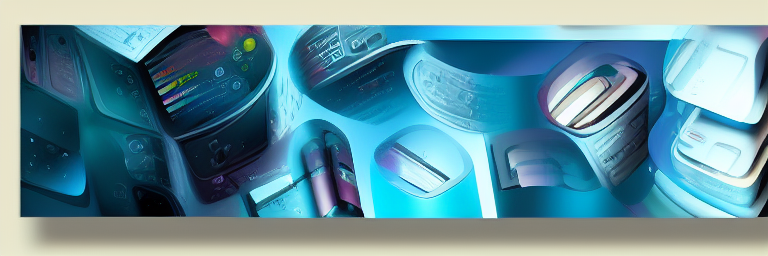What is a SaaS Application?
Software as a Service (SaaS) is a software deployment model in which a provider hosts applications and makes them available to customers over a network, usually the internet. SaaS applications are typically accessed through a web browser and can be used on any device with an internet connection.
SaaS applications are hosted in the cloud, which means that customers do not need to install the software on their own computers. Instead, they can access the software from any device with an internet connection. This makes it easier for customers to use the software, as they do not need to worry about maintaining the hardware or software themselves.
In addition, SaaS applications are usually subscription–based, meaning that customers pay a monthly or annual fee to access the software. This makes the cost of using the software more predictable, as customers know exactly how much they will be paying each month or year.
Finally, SaaS applications are typically updated by the provider, meaning that customers do not need to worry about downloading and installing software updates themselves. This also ensures that customers are always using the most up–to–date versions of the software.
Steps on How to Develop a SaaS Application
Step 1: Research the Market Before you start developing a SaaS application, it is important to research the market to identify potential users and competitors. Conducting research will help you understand the needs of your target audience and what kind of SaaS products are already available.
Step 2: Define Your Goals Once you have identified your target audience and the type of product you want to develop, define your goals for the SaaS application. This will help you focus your efforts and prioritize tasks.
Step 3: Create the Architecture When developing a SaaS application, you will need to create an architecture that defines the system’s components, such as databases, programming languages, and other software. This will help you build a reliable and secure application.
Step 4: Build the Application Once you have determined the architecture, you can begin building the application. This involves writing code, designing user interfaces, and configuring the system. When building the application, consider using a software development kit (SDK) to speed up the process.
Step 5: Test and Deploy Once the application is built, you need to test it to ensure that it meets your goals and expectations. After testing, you can deploy the application and make it available to users.
Step 6: Monitor and Maintain Finally, you need to monitor and maintain the application to ensure that it is running smoothly and providing users with a positive experience. This includes responding quickly to user feedback and making improvements as needed.
A Brief History
The concept of a SaaS application dates back to the late 1990s when the term Software–as–a–Service (SaaS) was first coined. Initially, SaaS applications were just web–based applications that allowed users to access a service or application from any computer with an internet connection.
Since then, the development of SaaS applications has evolved significantly. With modern technologies such as cloud computing, containerization, and microservices, SaaS applications have become more accessible and easier to develop.
The first step in building a SaaS application is to identify the customer’s needs. To do this, developers must create a detailed understanding of the customer’s problem and the type of application that would best solve it. Once the customer’s needs are established, the developer can begin to design the architecture of the SaaS application. This usually involves a combination of components such as databases, servers, and front–end tools.
The next step is to develop the application itself. This involves coding the application, testing it, and deploying it to a cloud platform. Once the application is up and running, the developer can then focus on marketing and promoting the application to potential customers.
Finally, the developer must continue to maintain and update the application to ensure it remains secure and reliable. This typically involves patching security vulnerabilities and updating features to keep up with customer needs.
Overall, the process of building a SaaS application requires a lot of effort and dedication. However, the rewards can be great, with SaaS applications becoming increasingly popular among businesses of all sizes.
The Future Outlook
The future of developing SaaS applications will be focused on creating a platform that enables users to customize their experience. Companies will need to design a platform that allows for easy scalability and integration of new services, as well as the ability to quickly add new features.
Developers will need to create platforms that are secure, reliable, and allow for rapid deployment of new services. To facilitate this process, developers will need to focus on microservices, APIs, and cloud–native architectures. Additionally, developers will need to create applications that are accessible and compatible with multiple devices.
In order to successfully develop a SaaS application, developers will need to consider the user experience and ensure that the product is intuitive, attractive, and easy to use. This includes designing parameters and settings that can be adjusted to tailor the user experience to the individual.
Finally, developers will need to focus on creating a platform that allows users to access data quickly and securely, as well as facilitate seamless integration with other services. Developers will need to also consider how to monetize the application and create an easy–to–use billing system.

